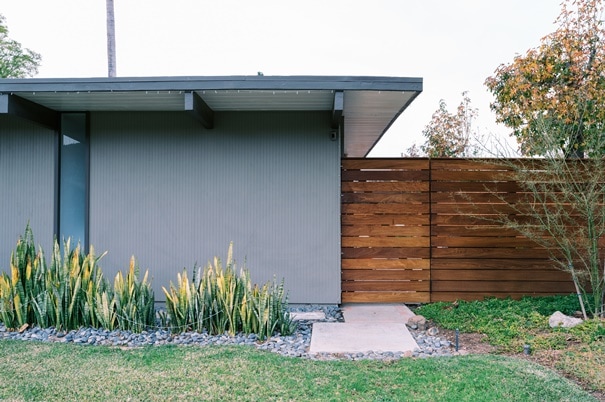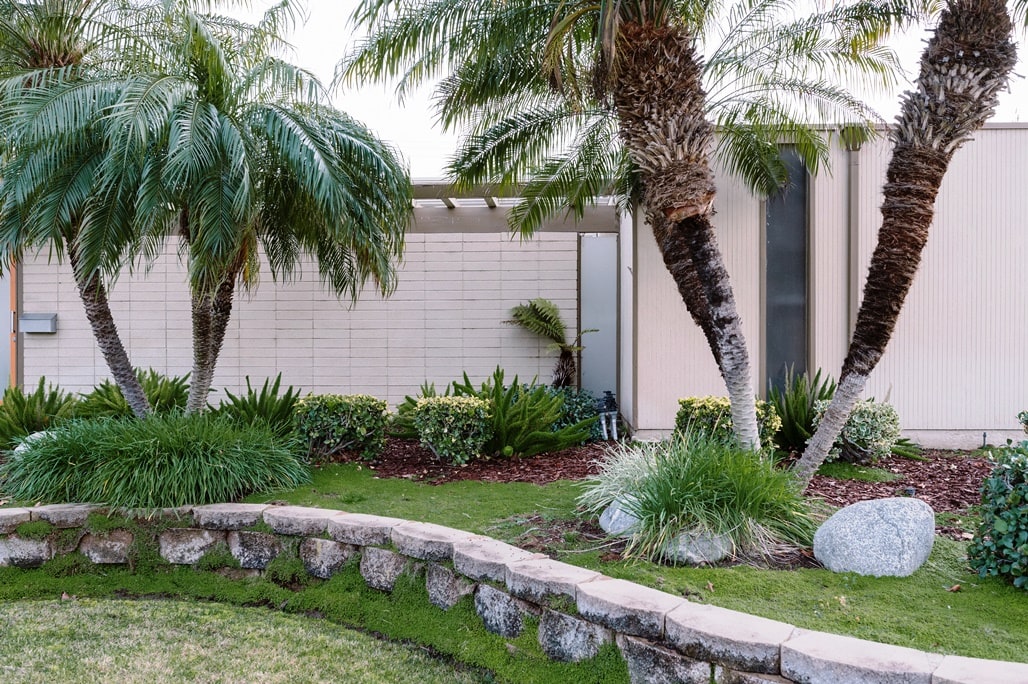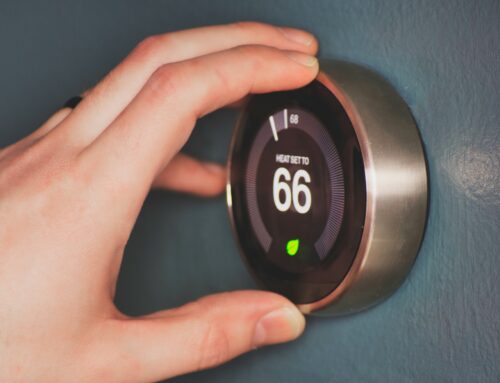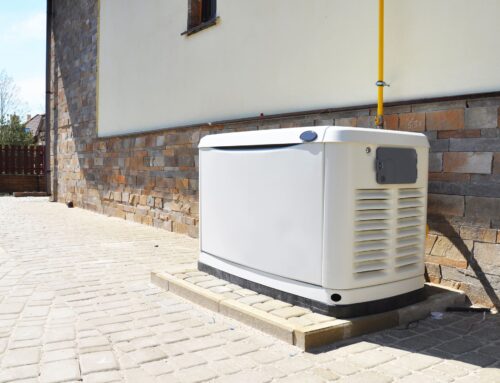Replacing Eichler Homes’ Failed Radiant Heat Systems

What is the connection between Eichler homes and radiant heat?
If you’re familiar with architecture from the ’50s and ’60s, then you might recognize the term “Eichler homes.” Between 1949 and 1966, Joseph Eichler’s company built 11,000 homes in Northern and Southern California.
The designs were inspired in part by the architecture of Frank Lloyd Wright.
High ceilings, expansive windows and a very open design is consistent in Eichler-designed homes. Other architects and builders began to follow suit.
However, the building design did not lend itself to traditional forced air heating, as most homes in California have. In San Rafael alone, there are thousands of Eichler homes with radiant heat. A lot of these homes have had to abandon the radiant heat system unfortunately and are in search of a better solution without compromise.
We had the pleasure of working on an Eichler home (see video) with radiant heat in San Rafael. It needed an updated mechanical system, as the boiler and baseboard heat system were just limping along.
Many owners of Eichler Homes in Sonoma and Marin County have had to abandon the radiant heating system in these homes due to failures and many of them have converted to baseboard heating. Unfortunately, baseboard heating is usually a significant compromise in both appearance and performance.
Although baseboard heat can be a very effective way to heat a home, it’s hard to make it effective without a crawl space in which to properly put together the piping network. The expansive windows in the Eichler homes also limit available wall space where the baseboards could be placed.
We’ve done quite a few heat pumps in San Rafael with a great deal of them in Eichler homes.
Usually that comes in the form of a ductless heat pump.
This system type is extremely effective, but it certainly does not complement the aesthetics of these homes.
Often it is a compromise that homeowners are willing to live with. It comes at a reduced cost and can be very effective and efficient. In this case, the client wanted a system that could be effective in the entire home while not making any aesthetic compromises. He asked us to design a high velocity ducting system on the rooftop combined with sprayed foam roofing material to create a very efficient and attractive heat pump system.
The client’s roofer did a great job, and the rooftop ducting is nearly invisible. As you can see from the next video, the low-profile duct is hard to see after being encased in the roofing foam. Another significant benefit to this method is a higher Insulation value. One of the issues with the Eichler homes, whether it’s radiant heat or any other form of heat, is the lack of insulation. The vaulted ceilings and expansive single-pane glass is as much of a problem as it is an aesthetic benefit.
A radiant heating system is a little bit more efficient than forced air in this circumstance because it keeps more of the heat energy at the floor where it is most effective. A heat pump system, like we used for this client, does not tend to stratify causing the higher temperature at the ceiling. This is due to the lower output air temperature.
A gas fired heating system tends to stratify more. The high velocity system used in this case does a lot more to circulate the air which also minimizes stratification. Keeping that hotter air from collecting at the ceiling prevents energy loss through the upper single-pane windows and older uninsulated ceilings.
We have repaired many of the Marin County radiant heating systems in Eichler homes. This has come in the form of boiler repairs, baseboard heating updates and even fixing tubes within the slab. However, the lingering thought behind all of that is that eventually the system needs to be updated.
Heat pump systems provide the benefit of all electric heating and cooling. With the concerns about getting away from fossil fuels, all electric heat pump systems have become a common request when talking to clients about what to do with their homes heating system. This particular client also installed solar panels as part of the project, which certainly works well with a heat pump. The client also wanted a zone system to allow for the energy to be focused where he needs it the most.
In this case the boiler is still viable, and the High Velocity Systems air handler comes with a hot water coil built into it. This made it very logical to connect the boiler as an auxiliary heat source that the client can turn on and off easily.
This client’s idea combined with some attention to detail and the High Velocity System made for an excellent finish that should perform efficiently for many years.
Every company tends to develop a reputation based on their strong points. In our case we find ourselves in the situation of designing and installing unique systems that are very rewarding, albeit challenging. As the company owner, I take great pleasure in taking on a challenge and have managed to find a crew of excellent field service and install technicians that are more than capable of meeting those challenges.





